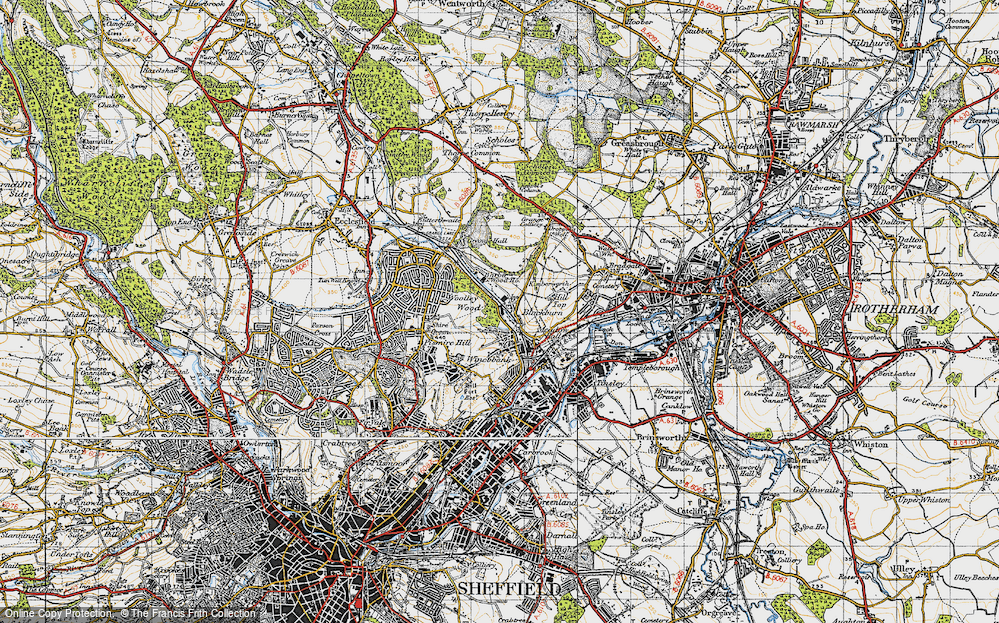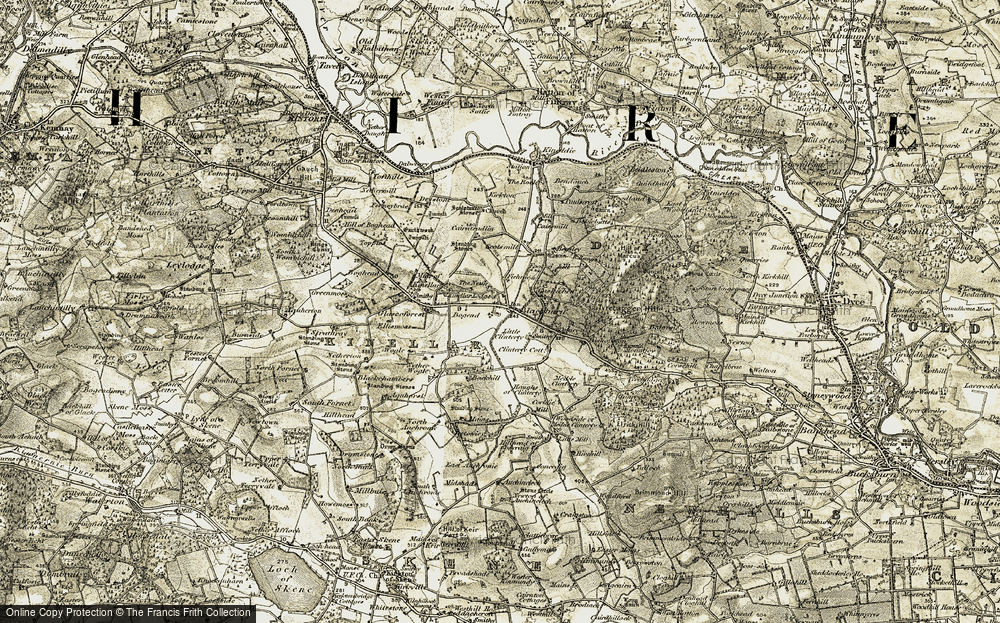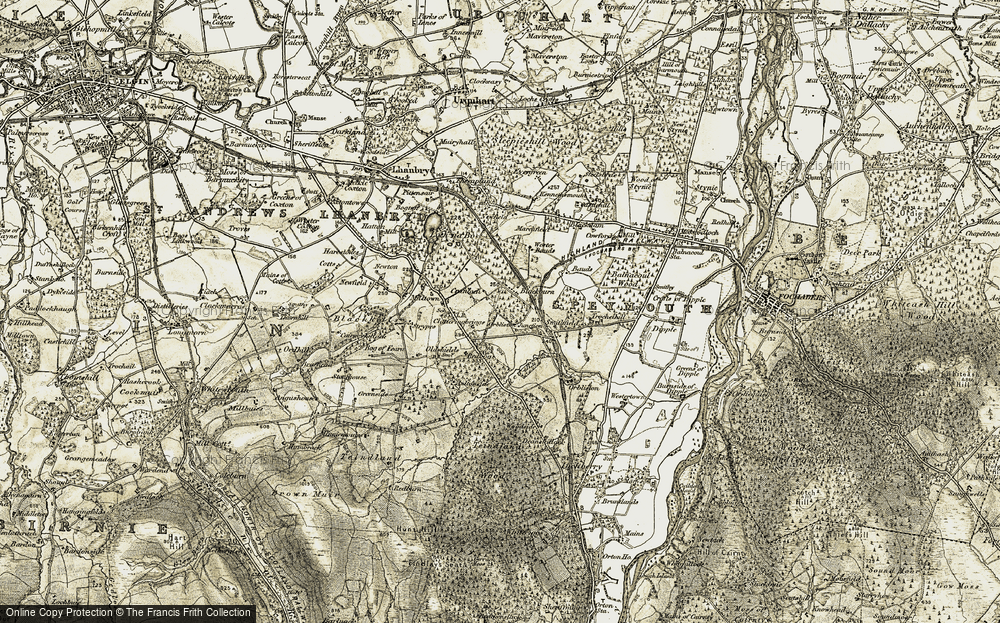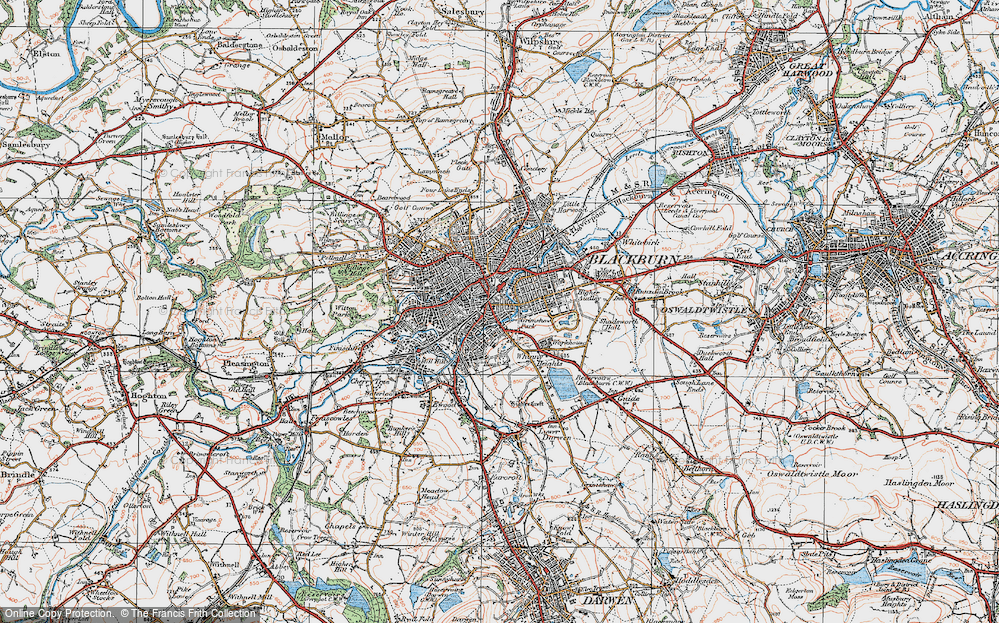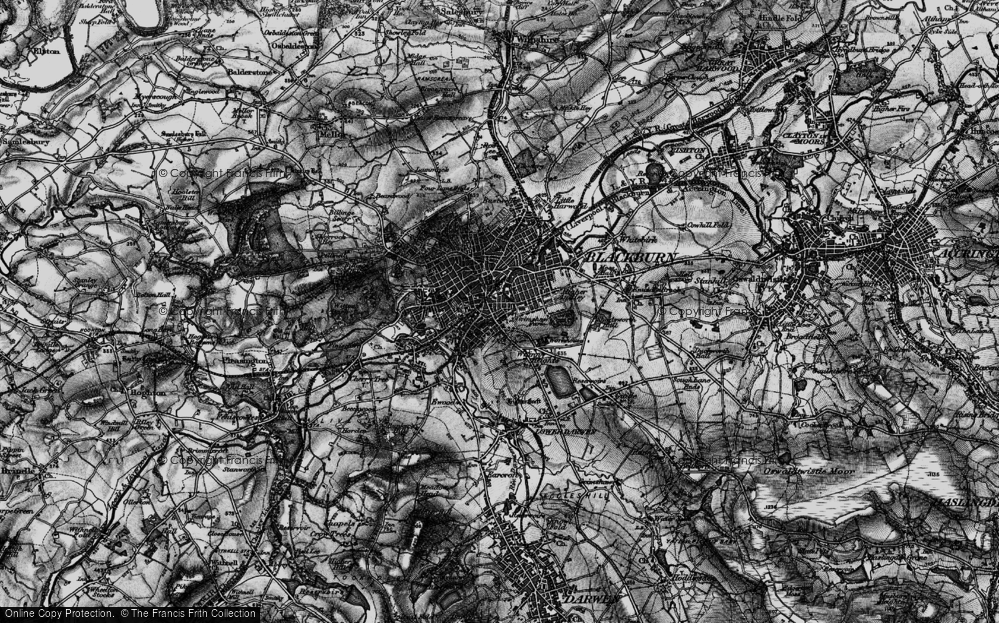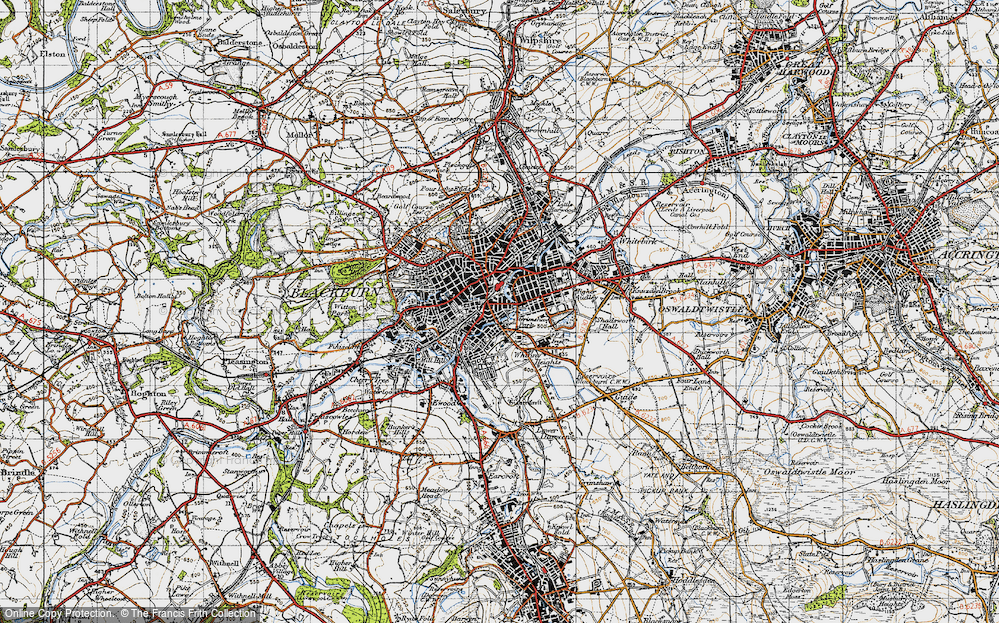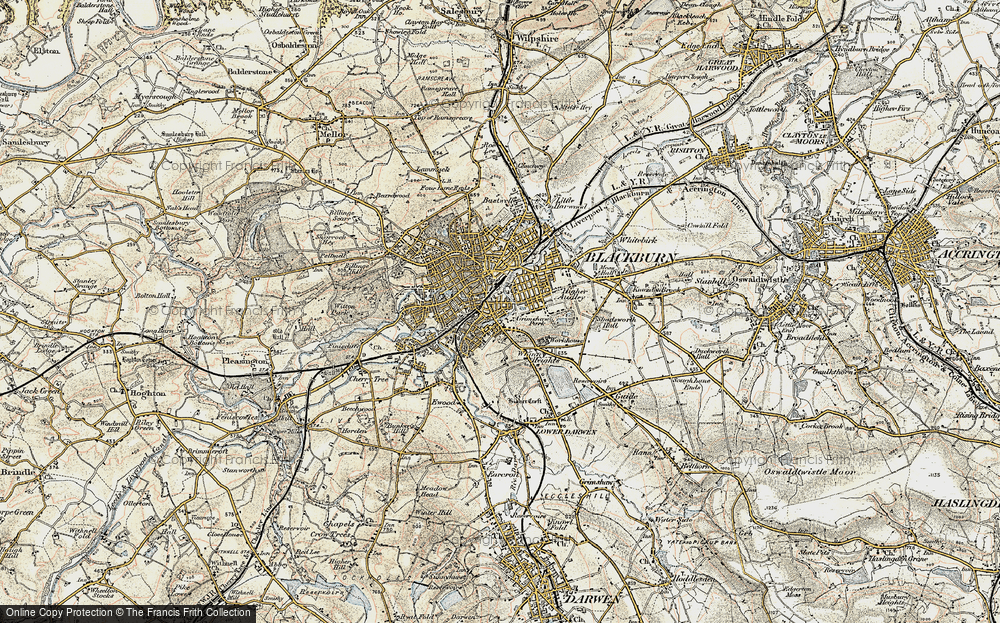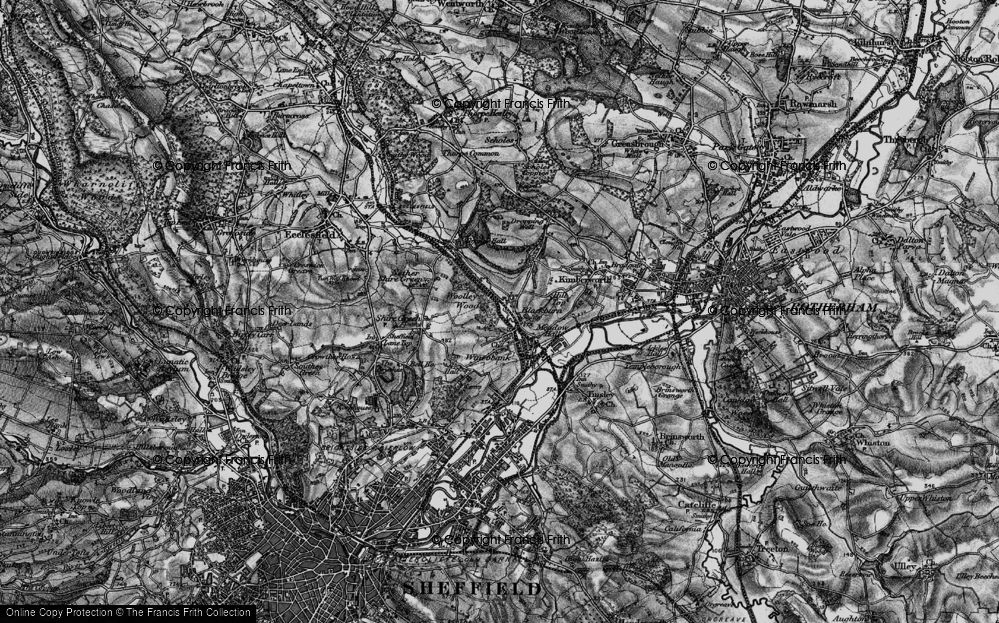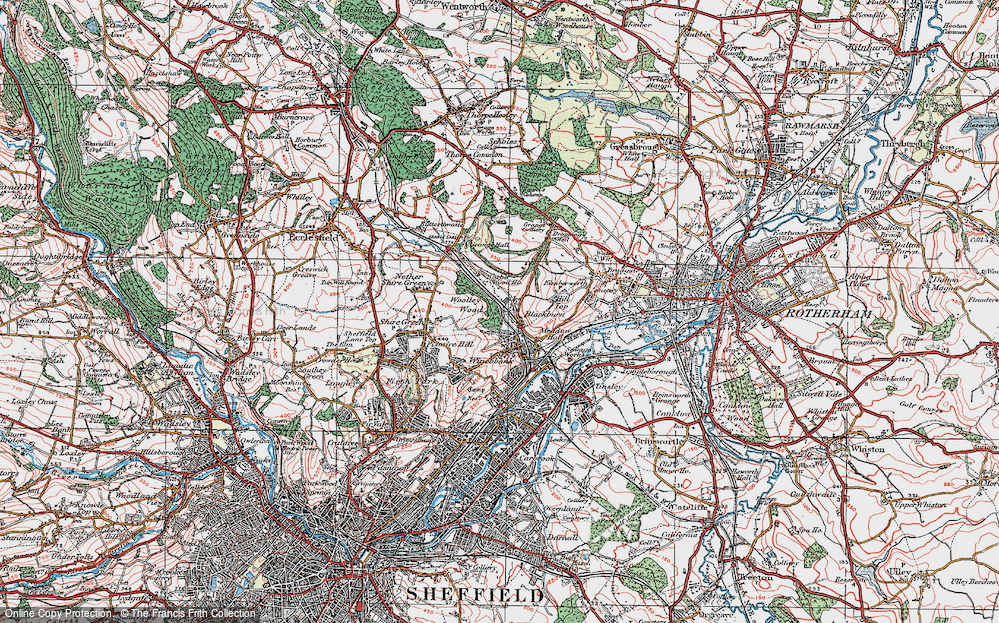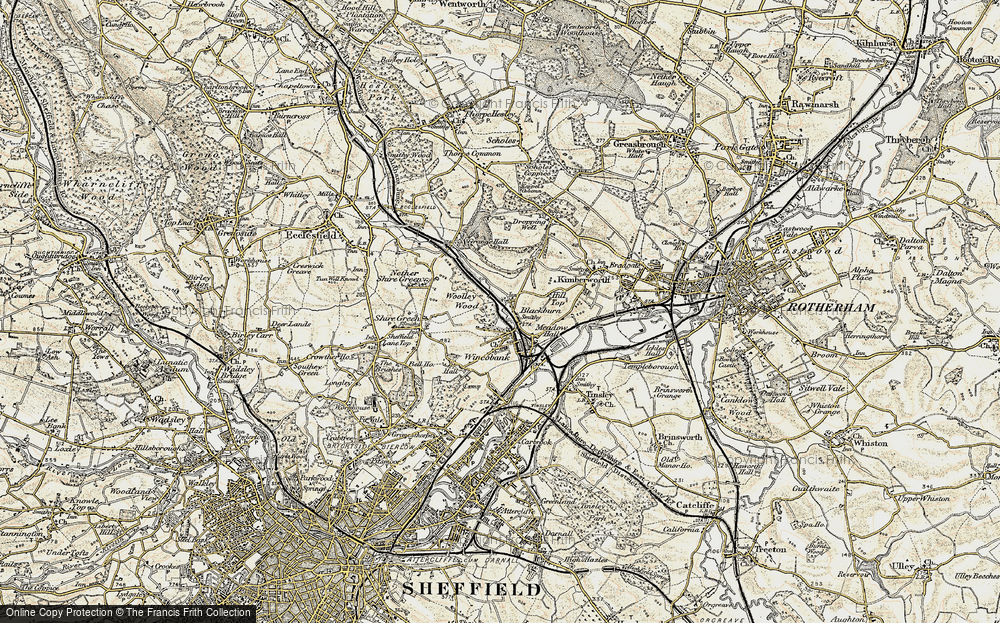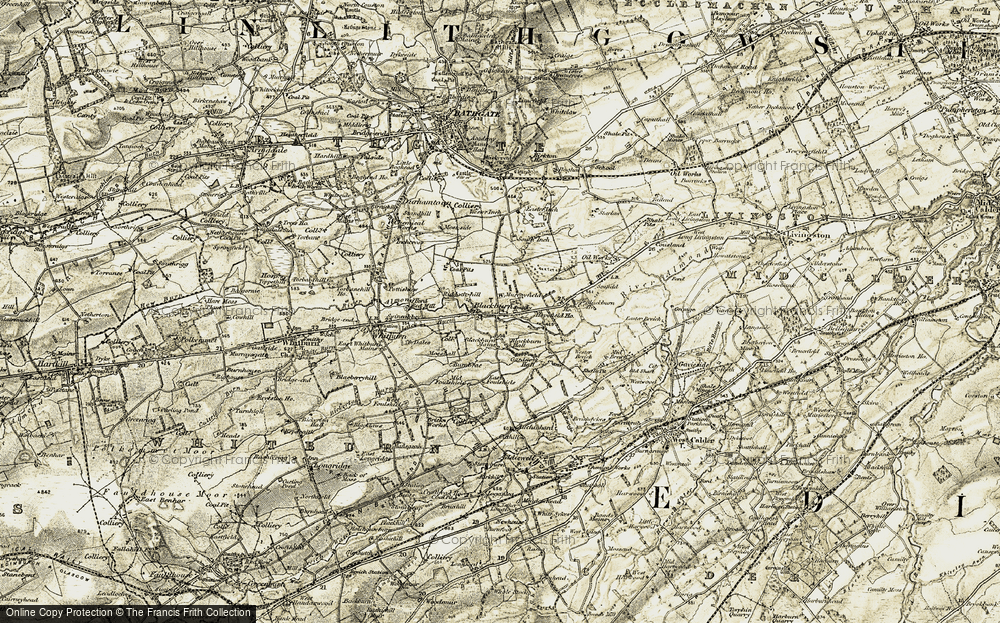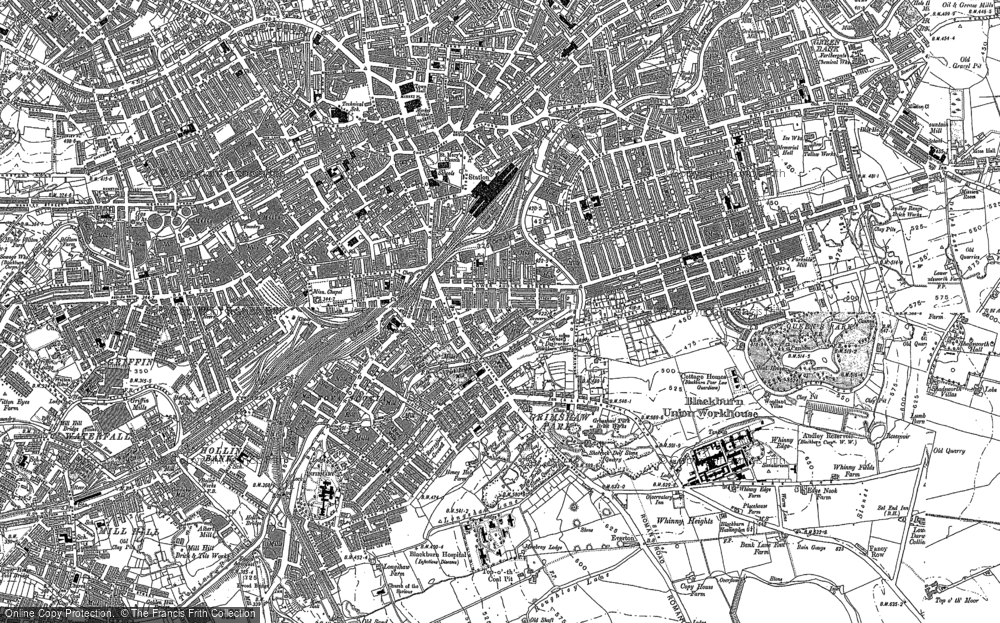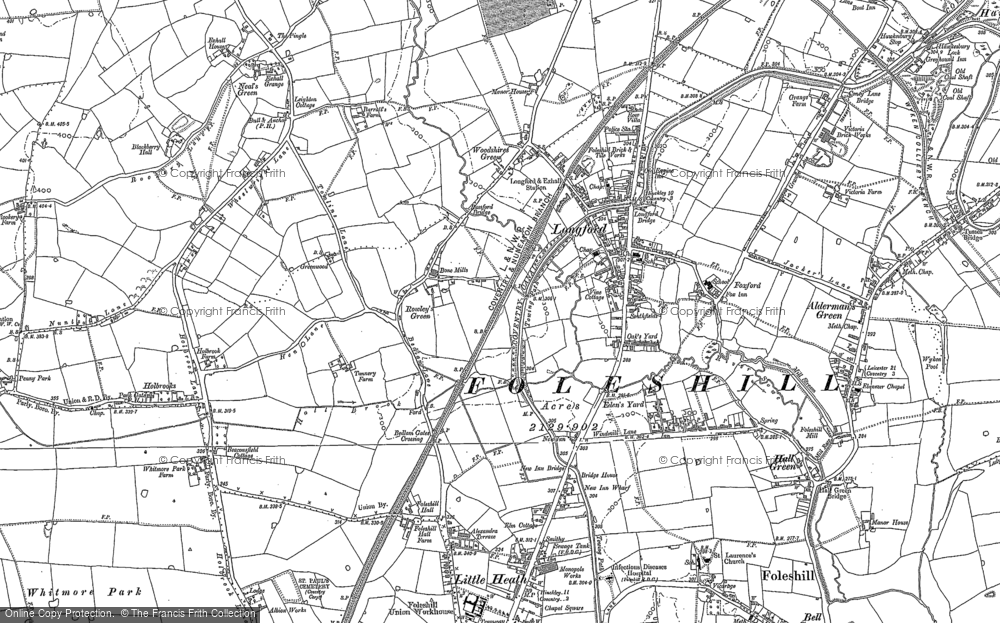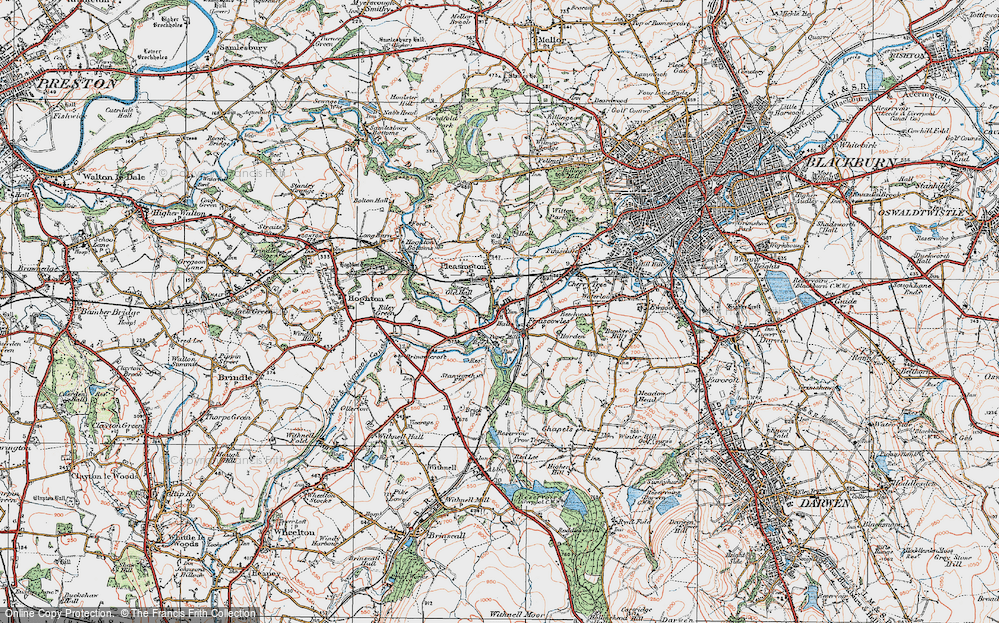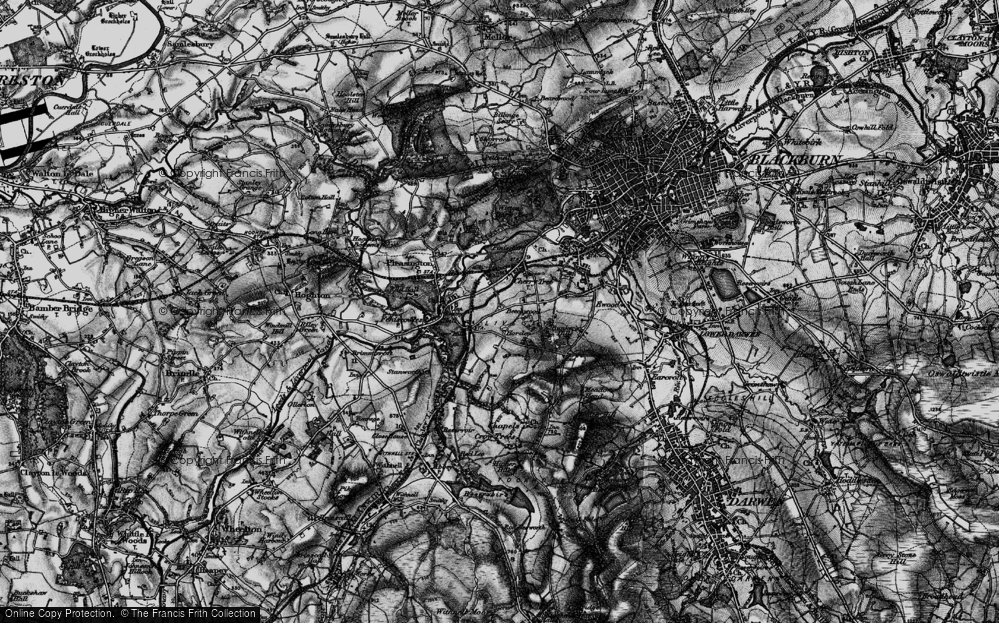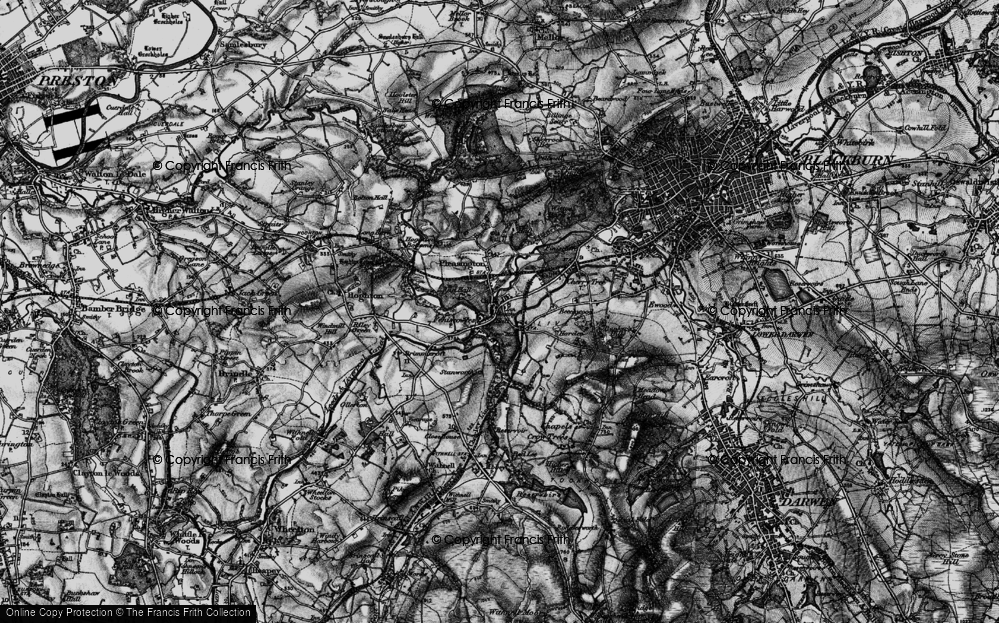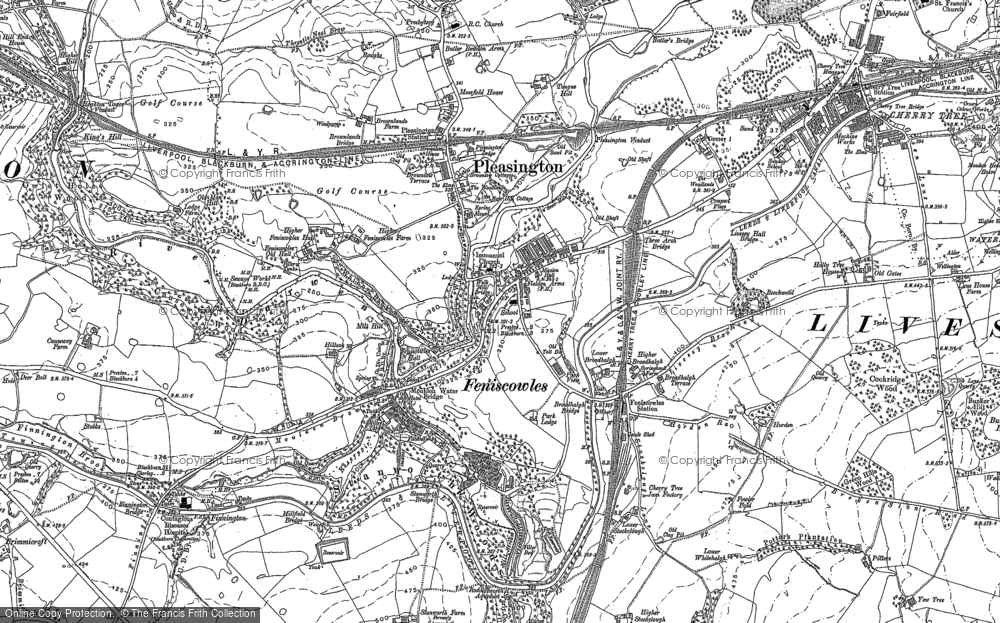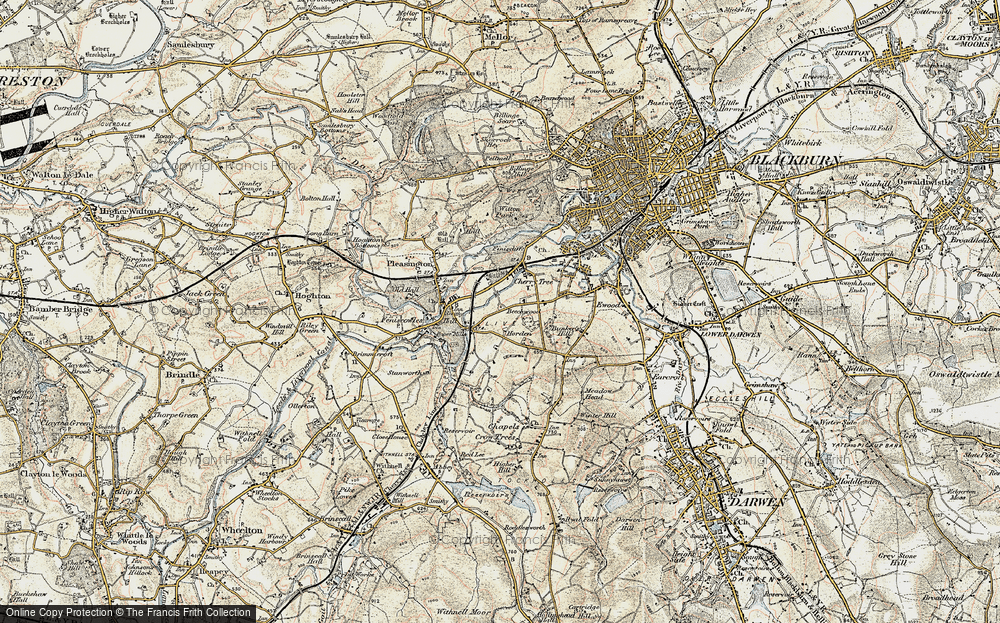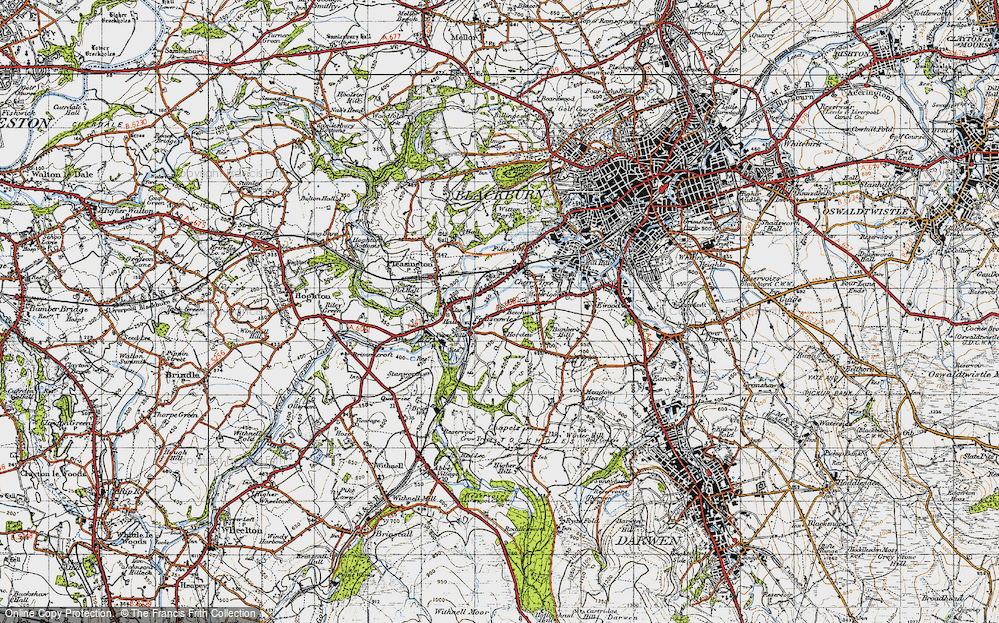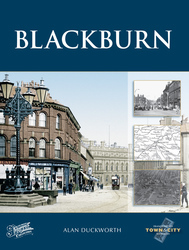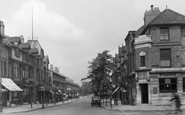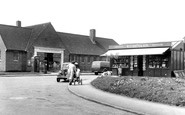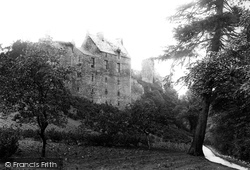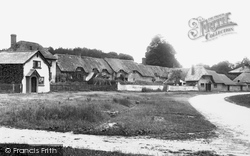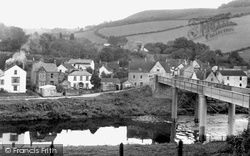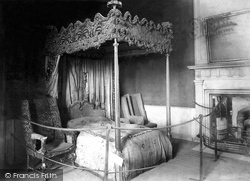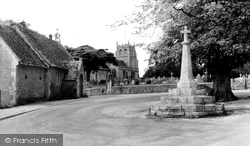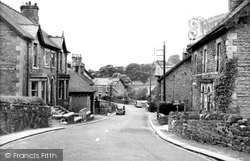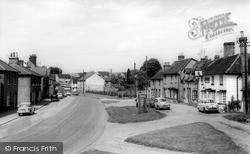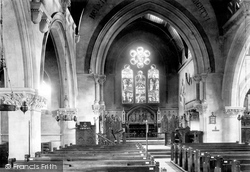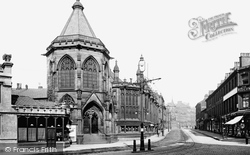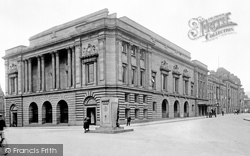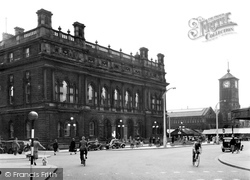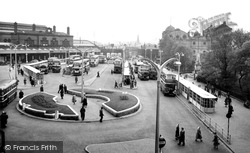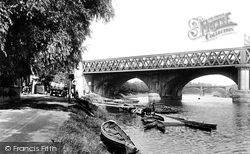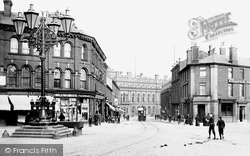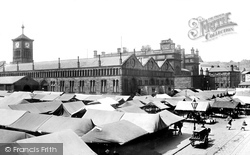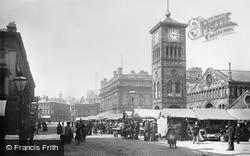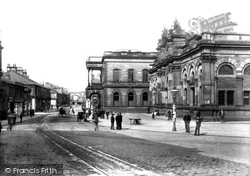Places
1 places found.
Those places high-lighted have photos. All locations may have maps, books and memories.
Photos
Sorry, no photos were found that related to your search.
Maps
228 maps found.
Memories
449 memories found. Showing results 1 to 10.
Grosvenor Road And Urmston, Always A Place In My Heart.
I lived on Grosvenor Road, Urmston - the allotment end - from 1965 to late 1969 age 3 to nearly 8 years of age with my 2 brothers and parents (we then moved to Blackburn). My daughter has recently ...Read more
A memory of Urmston by
1939 Onwards I Remember
I was born in 1939, the year war started, and remember being lifted out of bed in the middle of the night and the barrage balloons looked like big elephants in the sky. I also remember the table shelter in the lounge which I ...Read more
A memory of Harborne in 1940 by
1965
1964 and my parents announced to us kids that we were going to move to the countryside from Great Bar in Birmingham where we were all living at my grandmothers house My Father had died back when I was seven and mother had eventually ...Read more
A memory of Market Harborough by
Newarthill 1950/60s Tosh And I Part 2
Like everyone else growing up in Newarthill, life wasn’t easy, as times were tough in the 50s and 60s and I suppose in many ways it is today. But back then people really had nothing, but one thing I do remember - ...Read more
A memory of Newarthill by
Those Were The Days
I moved to Ireland Wood from Portsmouth when I was 4 years old with my Mum and dad who was in the navy. We lived at 42 Raynel Way. The house was built by the Council. Most of the houses like ours were made of prefabricated concrete ...Read more
A memory of Cookridge by
Growing Up In Motspur Park
I lived in Motspur Park from 1968 till 1989, everyone I knew friendly place, the local pub was clean and friendly, used to go courting there with my late husband. Been back a few times and have noticed a dramatic decline ...Read more
A memory of Motspur Park in 1984 by
Upper Heyford School
My father was stationed at RAF Upper Heyford 1949 to 1953. My brothers, Peter, Michael and myself, Mary, went to the village school. My older brother Richard went to school in Steeple Aston. I remember the two ...Read more
A memory of Upper Heyford in 1949 by
Paras At Watchfield In The 1950s
Yes, I lived on the Watchfield housing estate from 1952 to 1953. Large numbers of paras and their equipment were dropped regularly at the airfield. Trainees jumped from large silver barrage balloons, but experienced ...Read more
A memory of Watchfield in 1953 by
My Holiday In A Manor House
I went to fornethy residential school when I was five and nine years old and I was very happy thare I loved the long walks through the woods and walking down the stoney brae to the burn to paddle our feet ...Read more
A memory of Fornethy Residential School by
Life In Cannich And Fasnakyle
My family and I moved from Elm Park in Essex to Scotland in the last weeks of 1948. My father, Leon A. Lalonde, had accepted a position as Chief Mechanical Engineer with John Cochrane and Sons, a construction company. ...Read more
A memory of Glen Affric in 1949 by
Captions
78 captions found. Showing results 1 to 24.
Edinburgh fell, Holyrood was burnt. In 1544 the English were back, burning five towns, sacking 243 villages, and destroying Roslin Castle.
During the 1830s this pretty village was the scene of a major uprising among farm labourers, with angry mobs burn- ing hayricks and destroying machinery.
During the 1830s this pretty village was the scene of a major uprising among farm labourers, with angry mobs burning hayricks and destroying machinery.
We are looking back across the Wye to the village. A quay has been constructed in front of Quay House on the left, where there appears to be a good fire burning in the grate.
The following year, Hertford was back in Scotland, burning five market towns, sacking 243 villages, and laying waste to crops. Edward VI of England was destined not marry the Queen of Scots.
She remembers the two classrooms with old paraffin lamps and tortoise stoves which 'used to get red hot so we burned in the front and shivered in the back'.
Poltross Burn, which flows through the middle of the village, marks the border between Northumberland and Cumbria.
The corn mill burned down in 1961, and then in 1964 Dr Beeching swung his axe and the pretty railway line from Buntingford to Ware was closed. All was set for Standon to slip into a decline.
The stall backs are fine pedimented panels dating from the 17th century, and came from Oxford Cathedral.
Here we see the grand facade of the Blackburn Exchange & Reading Room, which opened in April 1865.
Here we see the grand facade of the Blackburn Exchange & Reading Room, which opened in April 1865. It was known later as the Cotton Exchange.
Blackburn's Public Hall opened in 1923.The Sessions House is just beyond it on the right. Now called King George's Hall, it is still one of the centres of entertainment in Blackburn.
Blackburn's Public Hall opened in 1923. The Sessions House is just beyond it on the right. Now called King George's Hall, it is still one of the centres of entertainment in Blackburn.
Blackburn became a County Borough in 1888. On 5 November 1925 the Blackburn Church Diocese was founded, and the parish church became a Cathedral.
This photograph captures the great changes that were going on in Blackburn during the post-war period.
This bridge is a railway bridge, and is now part of the west coast main line.Another railway bridge (to Blackburn) can be seen in the distance.
Another railway bridge (to Blackburn) can be seen in the distance.
This photograph captures the changes that were going on in Blackburn at the time.
Stationers and Bookshop.The large window proudly proclaims that they have a Bible and Prayer Book Department.The horse-drawn tram heads off towards the Town Hall.The Sudell family can be traced back
Blackburn had two markets, the indoor market and an open air one, held every Wednesday and Saturday, when this photograph was taken. Friday was later added to the open market days.
When this photograph was taken, Blackburn had two markets, the indoor market and an open air one, held every Wednesday and Saturday. This photograph shows the open market in New Market Street.
Blackburn became a County Borough in 1888. On 5 November 1925 the Blackburn Church Diocese was founded, and the parish church became a Cathedral.
Blackburn means 'on the black stream'.The town guards the entrances to the river valleys we have been looking at in earlier pages - the Ribble, the Hyndeburn and the Hodder - and was the starting
Blackburn Road is at the very heart of the town. The first building on the right is the Market Hall, and next to that, in the centre of our photograph, is the Town Hall.
Places (1)
Photos (0)
Memories (449)
Books (1)
Maps (228)





